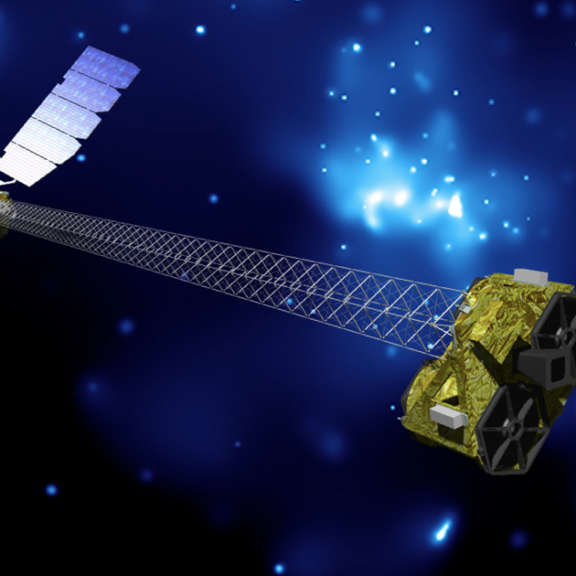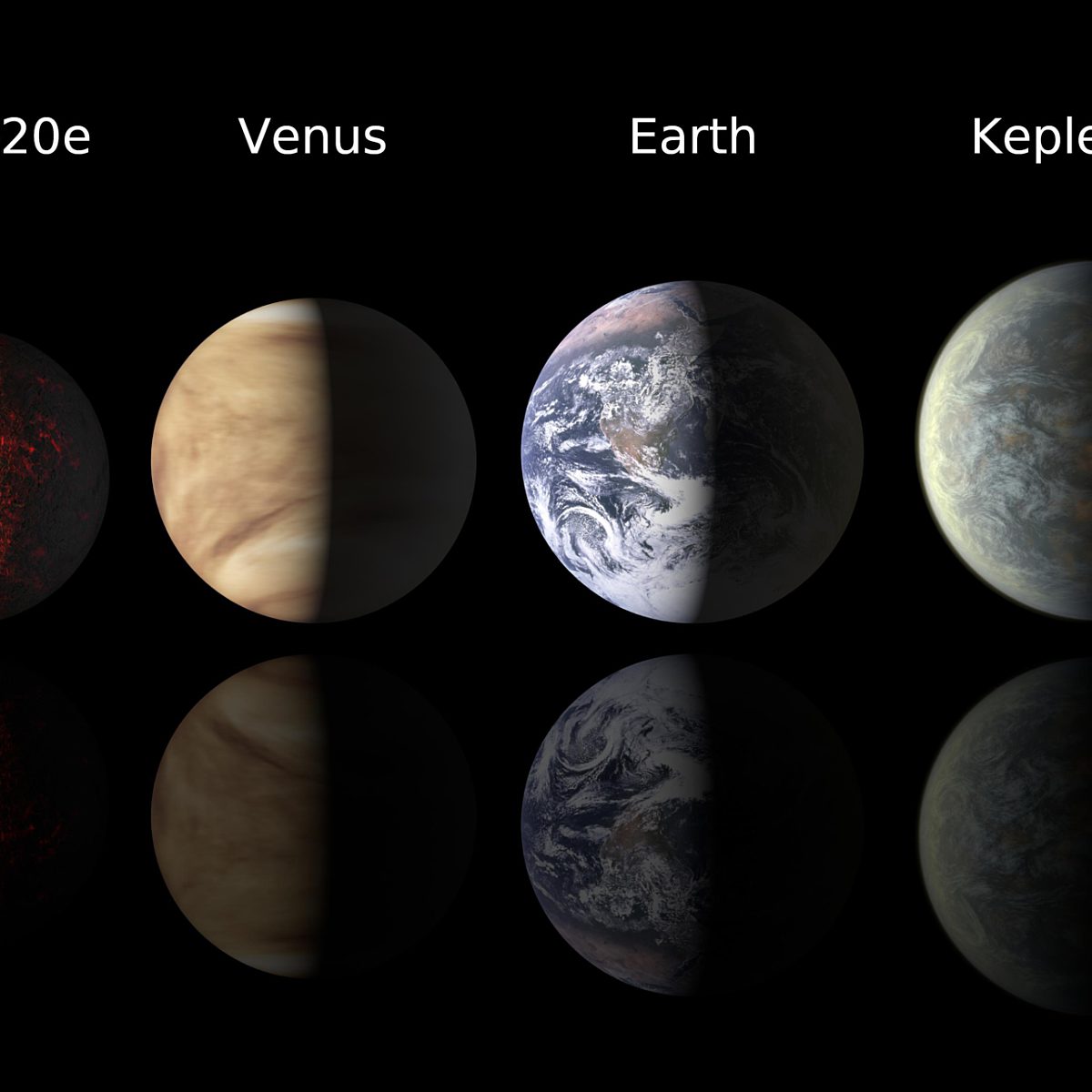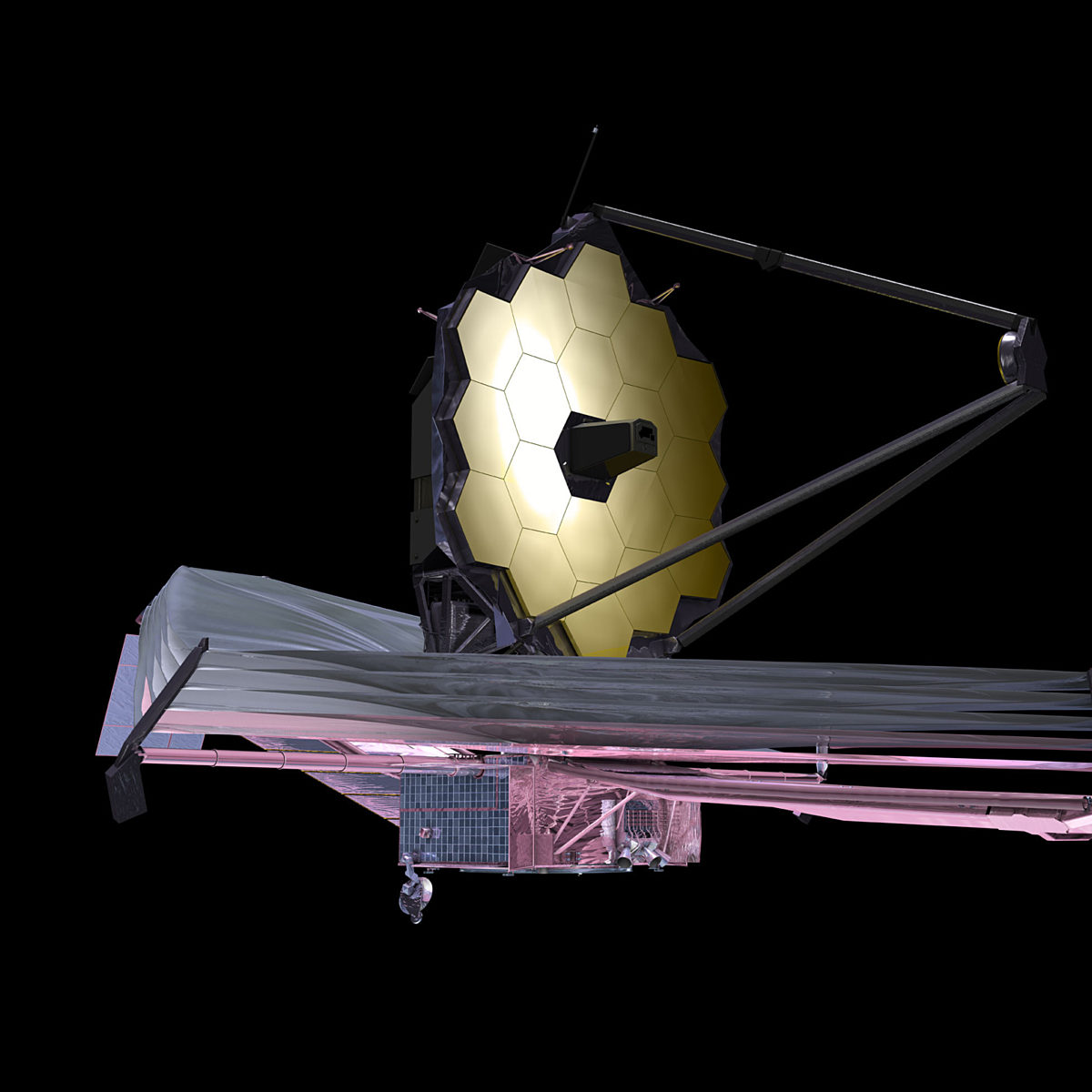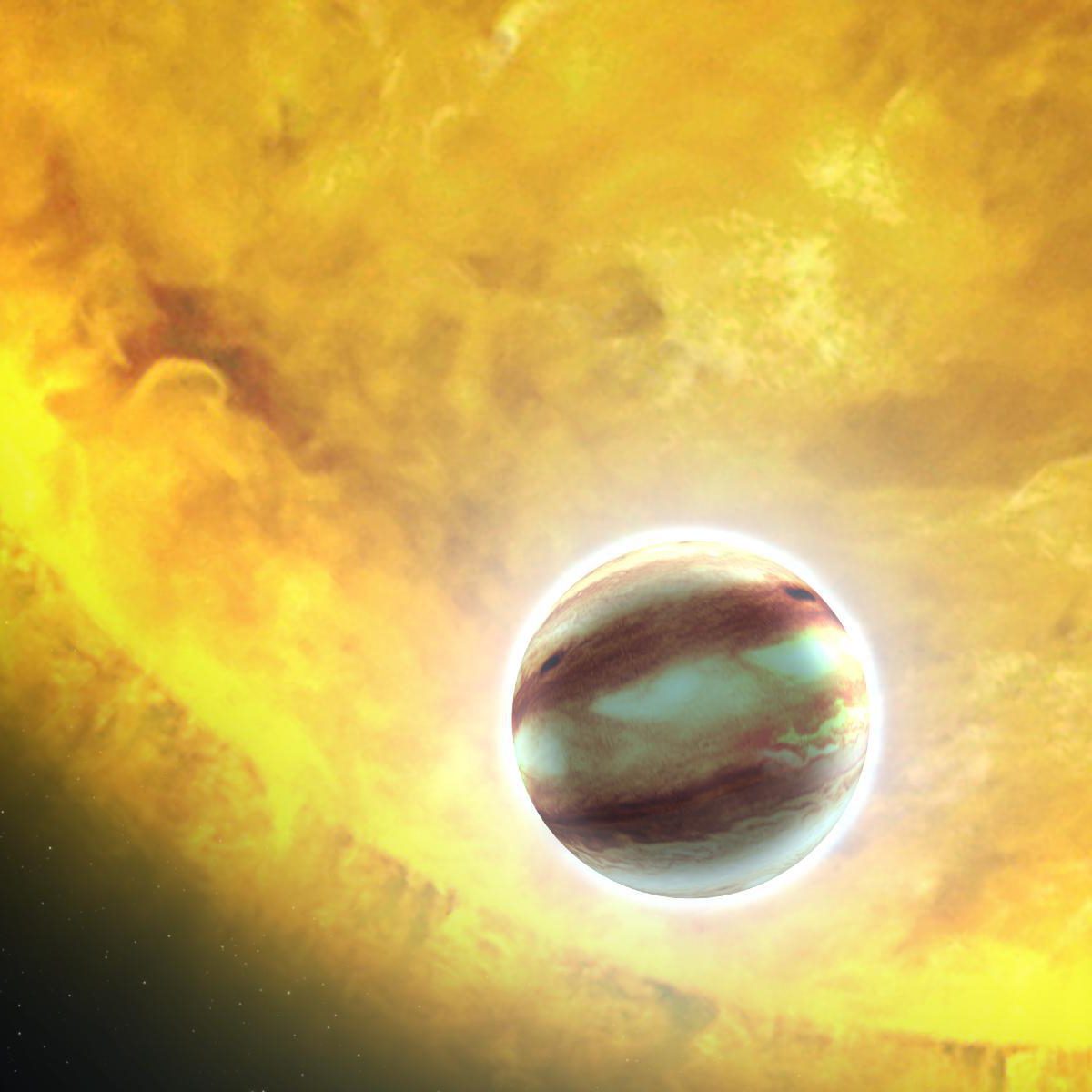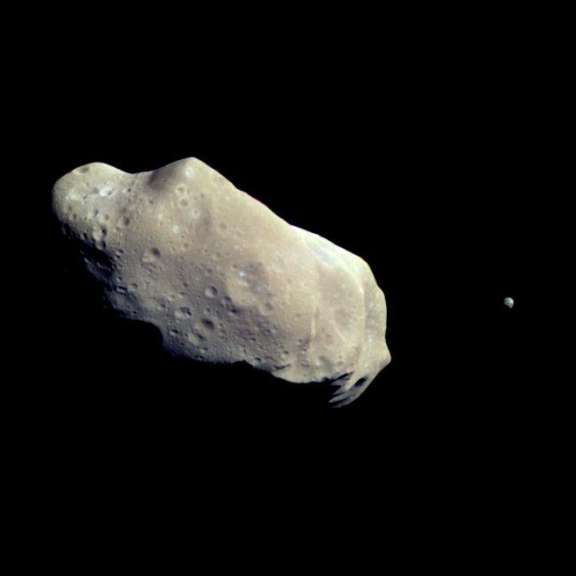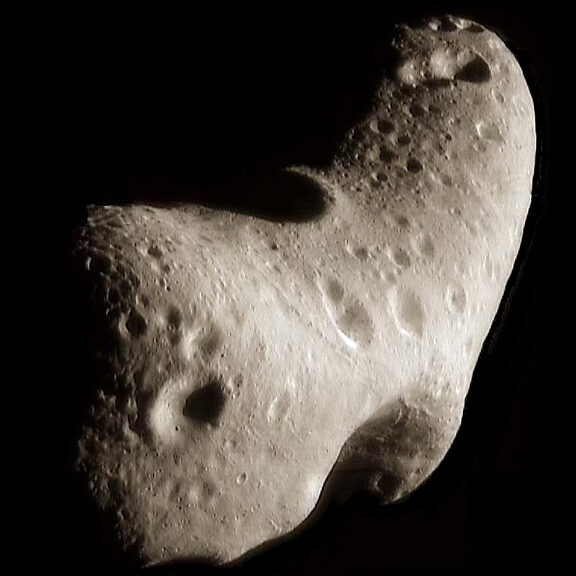All
All
Stories, updates, insights, and original analysis from The Planetary Society.
Hey amateurs! ESA's running an image processing contest: "Hubble's Hidden Treasures!"
Here's a newly announced contest that is right up my alley and, I hope, of interest to regular readers of this blog. ESA has just announced
Infographic: Viewing our universe's colors
An infographic explains in what
NuSTAR telescope to get close look at black holes, supernovae
The NuSTAR X-ray telescope will enable scientists to get a much-improved look at black holes and supernovae in both the Milky Way and other galaxies.
Planetary Radio: A Modest Plea For Both Big and Not-So-Big Space Science Funding
This weeks Planetary Radio features updates on the James Webb Space Telescope, from Deputy Project Director Eric Smith. The discussion centers around the budget controversy, and why the JWST is worth the money.
Separating fact from speculation about Kepler-20's Earth-sized planets
A large team of researchers has announced in a Nature article the discovery of not one, but two, Earth-sized planets orbiting a star named Kepler-20. This article separates the observational facts from the quite-likely-to-be-true inferences from the downstream speculations.
Everybody says we need a NEO survey telescope
The next thing needed by both the small bodies science community and people interested in human exploration is a space-based telescope capable of surveying (and following up on) near-Earth space for asteroids that, for a variety of reasons, haven't been found yet.
PAMELA finds some antimatter
A team of international scientists has discovered an antiproton belt around the Earth, using data obtained from PAMELA, a particle identification instrument aboard a Russian Earth observation satellite.
Looking down on a shooting star
This photo is making the rounds of Twitter, Facebook, Google+, and whatever other social network you care to name today. It was shot by astronaut Ron Garan from the Space Station, and it's a meteor seen from above. Way cool.
A fourth moon for Pluto
That's right: Hubble observations have yielded the discovery of a third small body orbiting Pluto and Charon.
Video: Top 5 Awesome Things About the Webb Telescope
With all the turmoil over the House's cancellation of the James Webb Space Telescope it seems an appropriate time to post this YouTube video.
House Committee Votes the Wrong Way? JWST to be Canceled
Yesterday, the U.S. House of Representative's Appropriations Committee marked up the bill covering NASA's budget that was sent to it by the Commerce, Justice, and Science (CJS) Subcommittee, and the results will not make Planetary Society supporters happy.
The Skirmishing Has Begun
Today, 12 July 2011, the Planetary Society submitted into testimony a written statement to the Committee on Science, Space, and Technology of the U.S. House of Representatives for their hearing on NASA's Space Launch System.
Getting Ready for the Next Skirmish: Battle Over NASA Budget Continues
Shudders are still rolling through the space-exploration community after the House Commerce, Justice, and Science Subcommittee voted on July 7 to slash NASA's budget by $1.9 billion.
Hubble's Millionth Observation
The Hubble Space Telescope has recorded its millionth observation. The planet is designated HAT-P-7b.
SETI@home Following Up on Kepler Discoveries
Remember SETI@home? The ground-breaking computing project is now taking a look at candidate Earth-like planets that have been detected by NASA's Kepler space telescope.
The scale of our solar system
Space.com has taken advantage of the infinitely scrollable nature of Web pages to produce a really cool infographic on the scales of orbital distances in the solar system.
So far, no moons found at Ceres or Vesta
Since the Galileo mission discovered tiny Dactyl circling Ida in 1993, quite a lot of asteroid systems have been found to be binary; there are even a few triples. So it's quite reasonable to guess that two of the biggest asteroids, Ceres and Vesta, might also have satellites.
Saturn's storm: A quick turnaround from Hubble
Saturn's raging northern storm has been watched since it began by amateur astronomers, and now Cassini is getting in to the act too. Presumably once astronomers realized the magnitude of what was going on, some of Earth's great observatories were also occasionally pointed at the ringed planet to watch the storm grow.
LPSC 2011: Day 1: Small bodies
Here are some of the noteworthy items from the morning's session on
More on Kepler exoplanet discoveries
Here's some links to some good followup stories on Wednesday's Kepler press briefing.


 Explore Worlds
Explore Worlds Find Life
Find Life Defend Earth
Defend Earth


 Sun
Sun Mercury
Mercury Venus
Venus Earth
Earth Mars
Mars Jupiter
Jupiter Saturn
Saturn Uranus
Uranus Neptune
Neptune Small Bodies
Small Bodies

